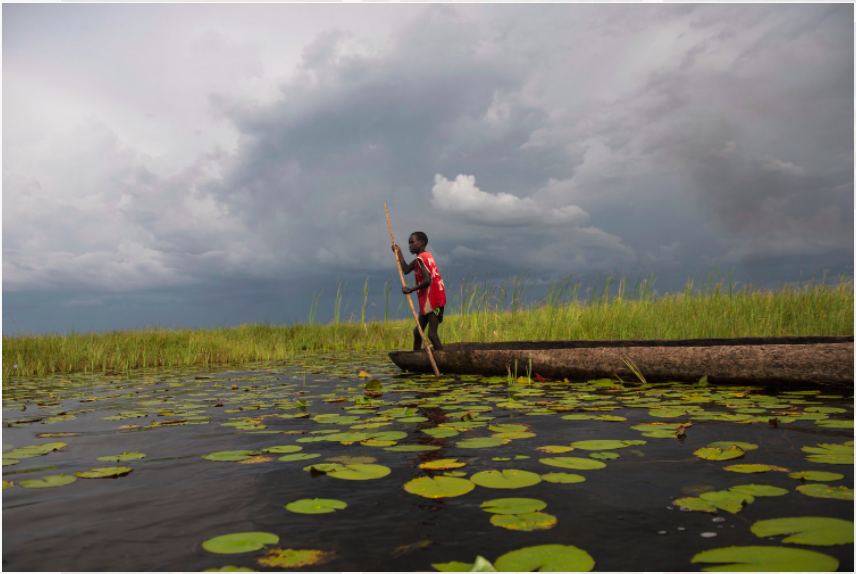Lynsey Addario Book Report.
“Mohammed was no longer a Talib to me. We were simply two people in our twenties, getting to know each other”. This is from Chapter 2; I like this conversation in the book because there’s a lot of opposition, profiling, of common misconceptions, of people from the middle east. Some of these misconceptions could argue that there’s no real humanity to people in the middle east, or that they caused disasters to happen in the U.S, some of which can fall into racism, and fear.
This is one example of the humanity Mohammed has, others individuals too. His perception of what he’s been told about the U.S and how relationships are constructed can show that he’s human too, and not what some consider the individuals in the middle east to be.
Lynsey Addario’s work seems to be taken as if it looks while she’s walking with the people that are in these events, or circumstances. It feels like there wasn’t any planning in these photos compared to other photographers.
An example of an opposing factor to this is in Cinematography for a film. Cinematographers have to plan hours, with vfx teams, production sets, actors makeup, etc; for films… It's organized and has to be constructed to entertain the audience. These photos seem to work in an amateurish way because Lynsey has access to these locations, and understands the subject matter. This is what these photos can be praised for and what makes them stand out.
In relation I can understand Lynsey Addario's reasons behind why she decided to go into wars to take photos. Lynsey Addario’s sense of determination she had to take photos is something that I couldn’t really do. I can relate to the outcomes of it, and feel sympathy for the events, but I couldn’t ever witness it in real life. I wouldn’t really have the right mentality and would end up getting traumatized. That isn’t to say that Lynsey hasn’t been traumatized by this either, but in my personal experience going into wars, or any other hardships to take photos isn’t something I’d do.
From these experiences Lynsey Addario has learned a lot. There’s a lot learned about people in these stories and seen what they look like by the photos taken. I think that’s an important thing to learn when in these circumstances by asking them if they’d be willing to start a conversation or figuring it out yourself by speaking to them, or them speaking to you, either way, getting to know more about the subjects that you’re taking photos of is an important part of photojournalism entirely.
I haven’t done this in photojournalism all too often, only by other means. Recording their answers, or asking them if I can take their photos are factors for which I’ve learned to do throughout the course.
One of my favorite photos was from an interview that she was in. It involved a kid in Africa named Chuol from a village outside of Leer who had to escape when his Grandfather and father were burnt alive, while he, his Grandmother, and Sister were able to escape. I think the story has an interesting context to it, it’s unfortunate, but it’s able to capture humanity in photos, the appearance shows a human being and the innocence factored in this context.



Comments
Post a Comment